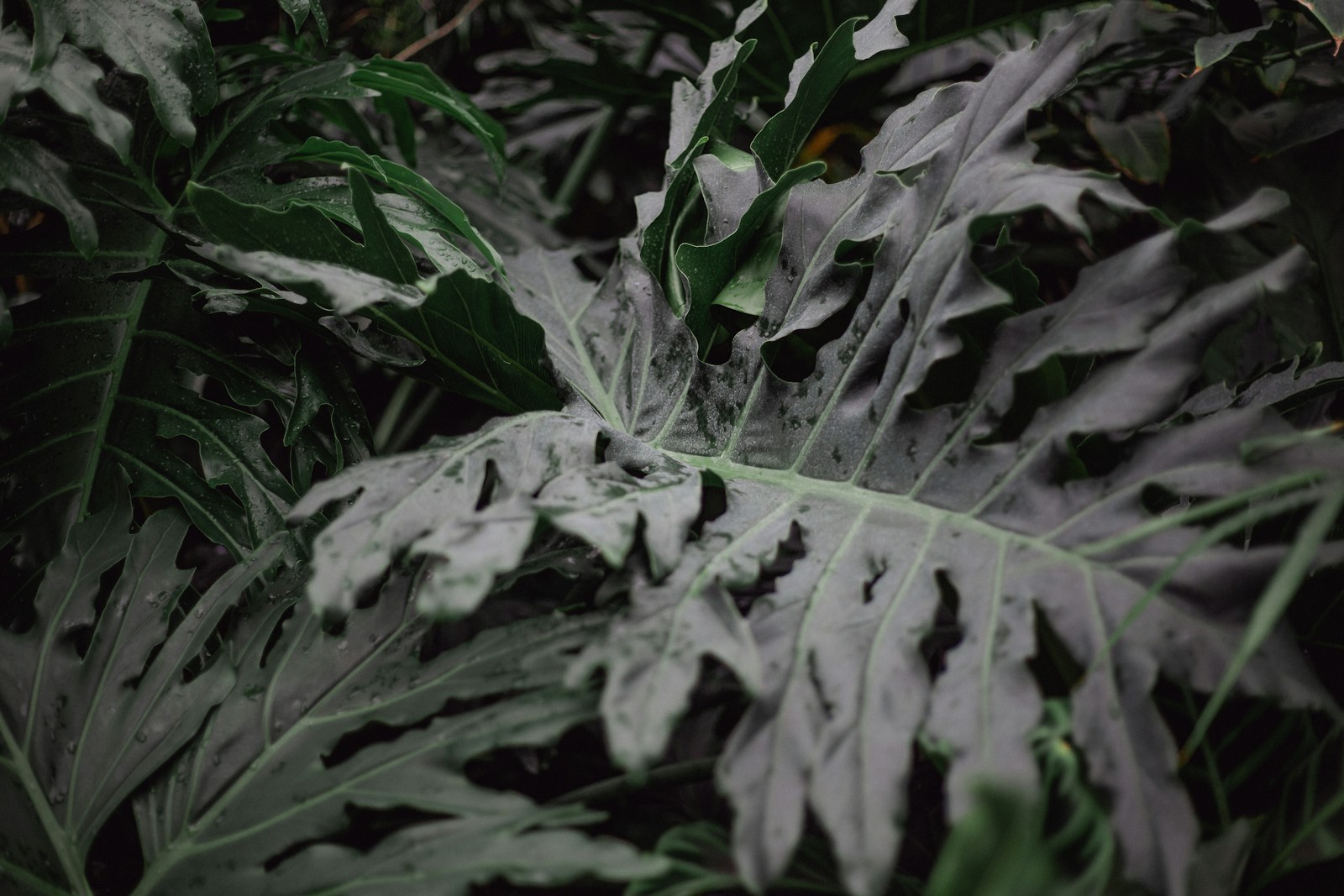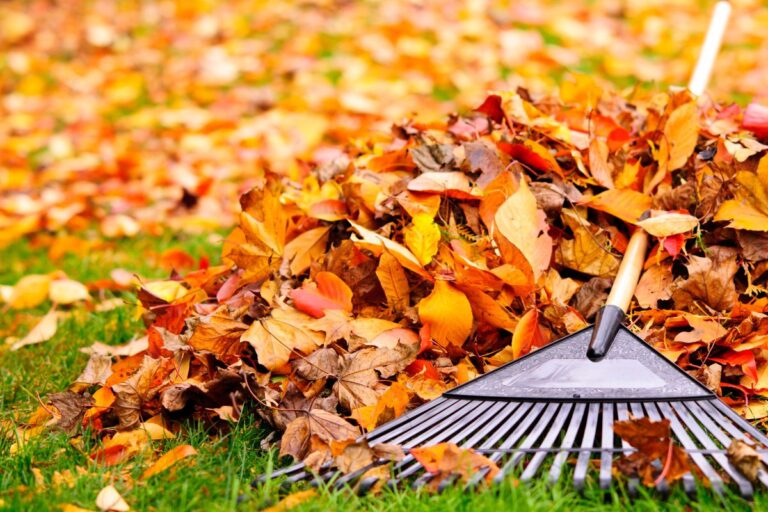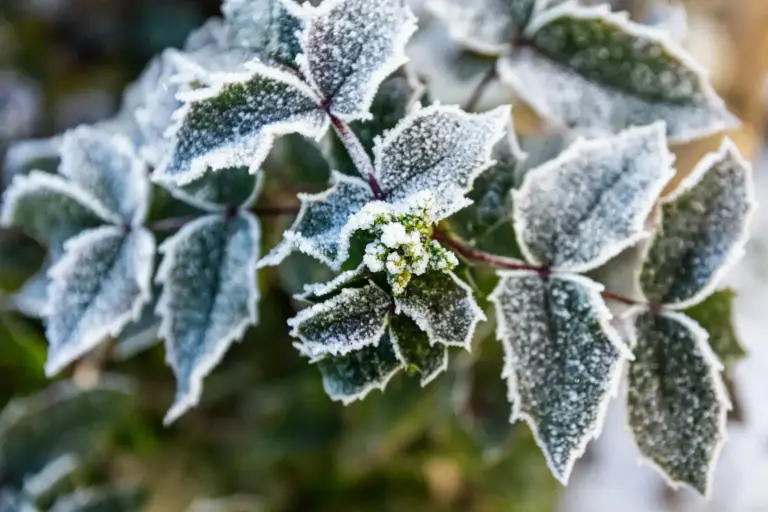The Benefits of Mulching Before Winter Snow for Healthier Garden Beds
As the days get shorter and temperatures start to drop, it’s easy to forget about your garden beds. But a little prep before winter can make a big difference once spring rolls around. Mulching before the snow falls is one of those simple steps that can pay off in healthier soil and happier plants.
Retains soil moisture during frozen months
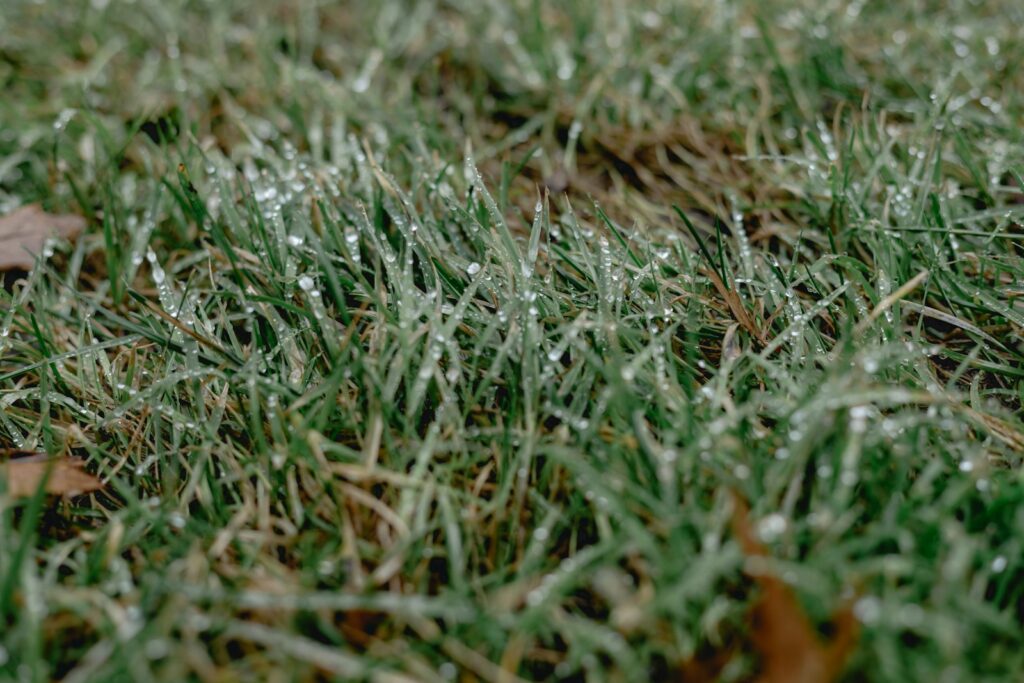
Cold weather makes it tough for plants to soak up the water they need. When you add mulch before the snow, it helps lock in moisture.
This layer keeps soil damp longer, which is a big help during dry winter air. Mulch works like a cozy cover, slowing down evaporation and ice formation.
Roots are less likely to dry out, so you can worry less about watering in winter. Natural mulch like leaves or wood chips breaks down over time, adding nutrients while it holds in water.
Insulates plant roots from extreme cold
Winter can be harsh on your plants’ roots. Mulch gives them a buffer from freezing temperatures.
It slows down sudden changes in soil temperature, which keeps roots safer and healthier. The ground stays a bit warmer, and roots are less likely to get damaged by deep freezes.
Prevents soil erosion from snow melt
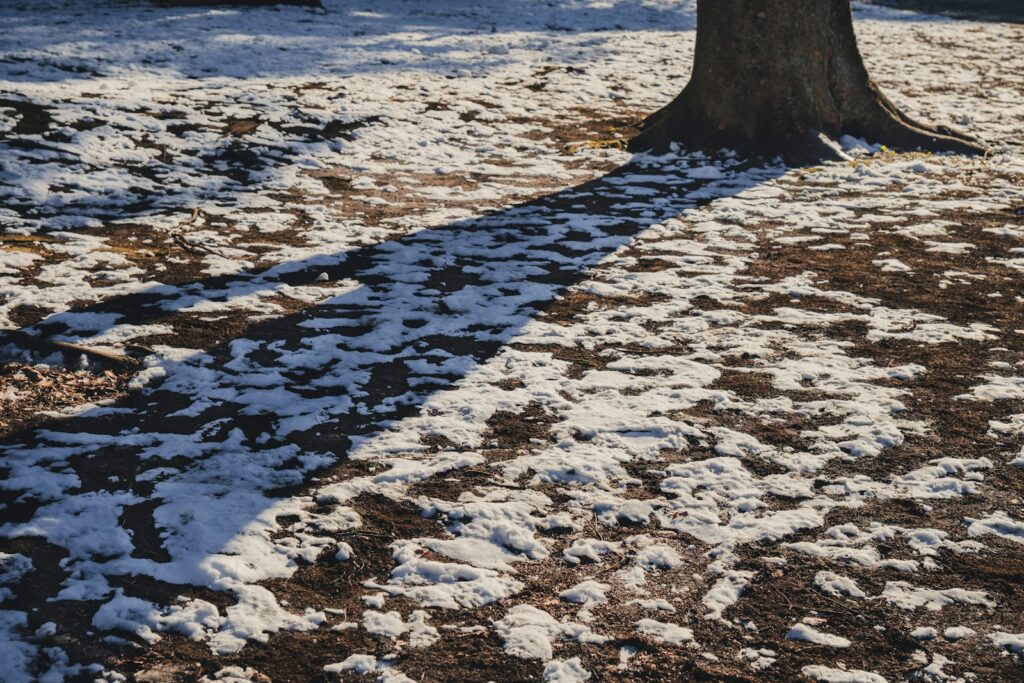
All that melting snow in spring can wash away the top layer of your soil. That top layer is where most nutrients live.
Mulch acts as a shield, helping to hold soil in place and slow down fast-moving water. It also protects against wind and heavy rain, keeping your garden beds intact.
Suppresses weed growth under snow cover
Nobody wants to deal with a bunch of weeds once the snow melts. Mulch forms a thick barrier that blocks sunlight, stopping weed seeds from sprouting.
Fewer weeds means less work for you come spring. The mulch also keeps new weed seeds from settling in, so your garden beds stay tidier.
Improves soil structure for spring growth
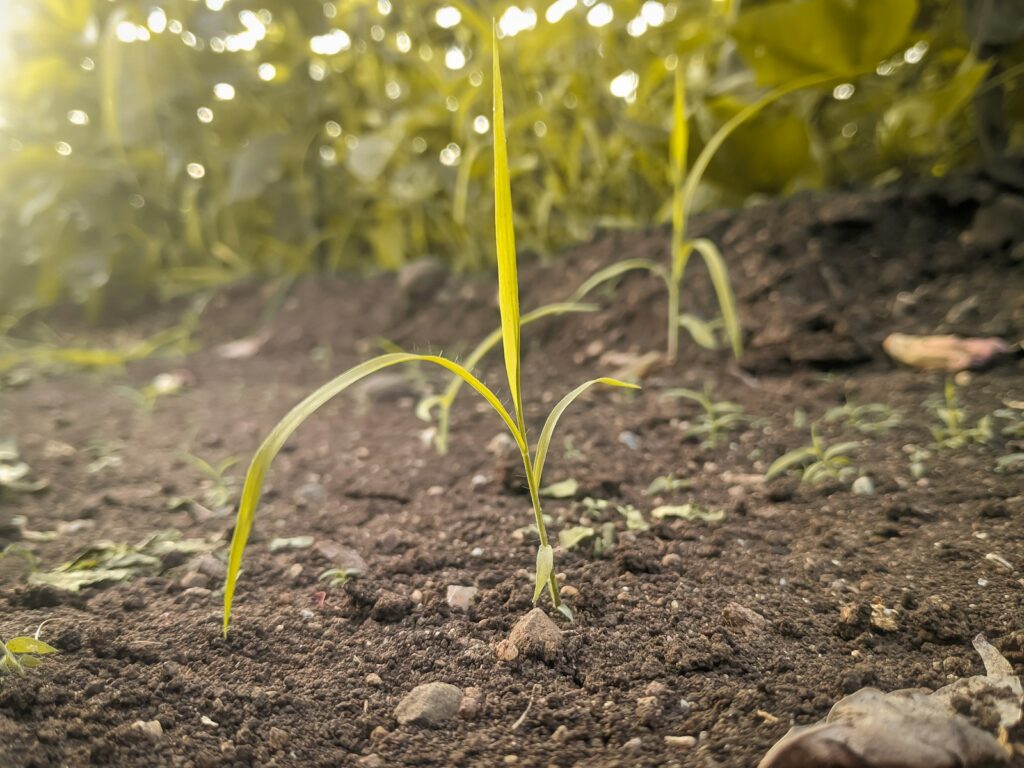
Mulch does more than just sit on top of the soil. Over time, it breaks down and adds organic matter to your garden beds.
This makes the soil softer and helps it hold water better. When spring comes, your plants have a better place to grow.
Mulch also keeps the soil from getting too hard during winter. It cushions the ground, leaving space for air and water.
As it decomposes, mulch feeds helpful microbes. These tiny organisms boost soil health and make nutrients more available for plants.
Protects perennial plants from frost damage
If you have perennials, you know how important it is to protect their roots. Mulch holds heat in the soil and helps keep roots from freezing.
A thick layer around perennials means fewer harsh temperature swings. It also keeps moisture in the soil, so roots don’t dry out.
Mulch won’t stop frost from forming, but it can limit the damage. Your favorite plants get a better shot at making it through winter.
Reduces soil temperature fluctuations
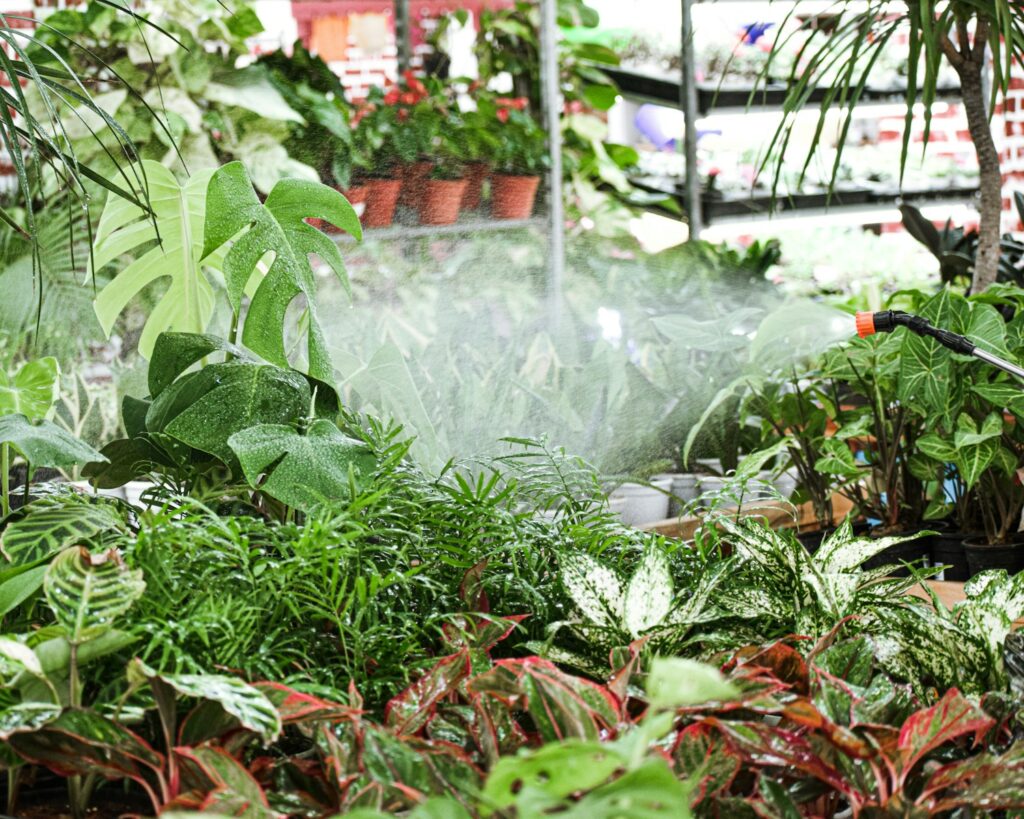
Winter weather can make soil temperatures bounce up and down. Mulch helps keep things more stable.
By acting as a buffer, it prevents the soil from freezing and thawing too quickly. That’s good news for plant roots and soil structure.
Stable soil temperatures mean less stress for your plants. Moisture stays balanced, and soil life stays active longer.
Enhances microbial activity in winter soil
Even in cold weather, soil life keeps going. Mulch helps by keeping soil temperatures a bit steadier.
Microbes stay active longer, breaking down organic matter and releasing nutrients. Healthy microbes mean healthier soil for spring planting.
Prevents soil compaction from snow weight

Heavy snow can press down on your soil, making it dense and hard. That’s tough on plant roots.
Mulch acts as a cushion, stopping the snow from compacting the soil too much. Loose soil is easier for roots to grow in and for water to move through.
Helps retain nutrients in the soil
Nutrients can wash away during winter storms or snow melt. Mulch creates a barrier that keeps them in place.
As mulch breaks down, it adds even more organic matter and nutrients. Your soil stays richer and more fertile for the next growing season.
How Mulching Supports Soil Health in Winter

Taking a little time to mulch before winter can set your garden up for success. It protects soil from the cold and keeps moisture where it’s needed.
Healthy soil means plants have a better start when spring finally arrives.
Insulation Against Temperature Fluctuations
Mulch acts like a warm blanket, keeping soil temperatures from swinging wildly. This stops roots from getting damaged by repeated freezing and thawing.
A layer of straw, wood chips, or leaves about two to four inches thick works well. It’s a simple way to help roots stay alive and healthy.
Moisture Retention During Freeze-Thaw Cycles
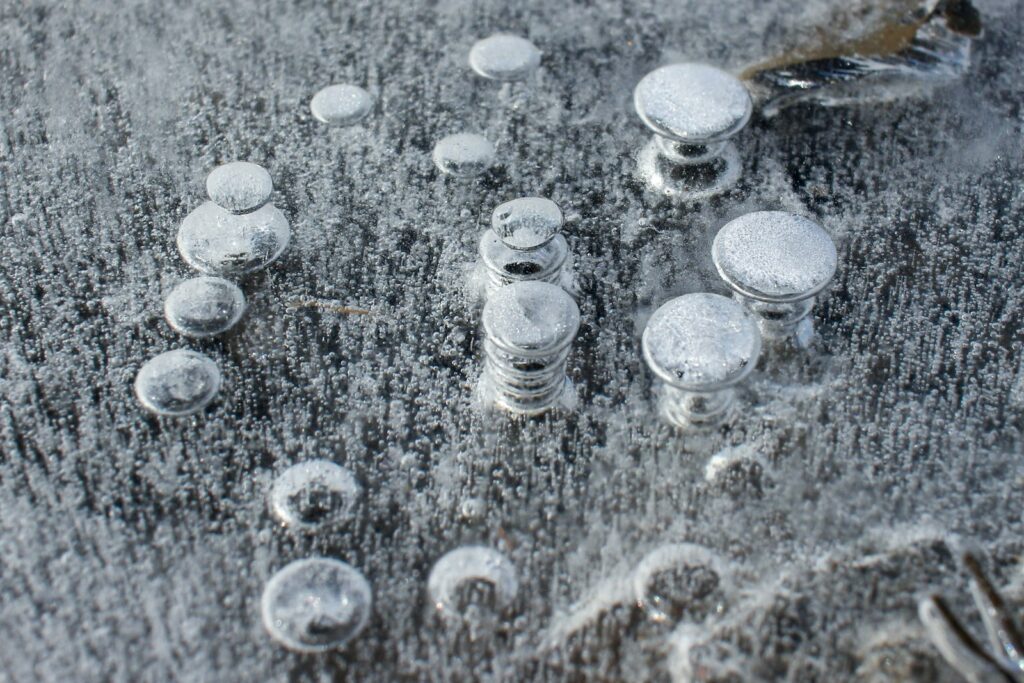
Winter winds and frozen ground can dry out your soil fast. Mulch slows down evaporation and helps keep moisture locked in.
It also prevents water from washing away nutrients when snow melts or rain falls. Your plants will have better soil to grow in when warmer days return.
Choosing the Right Mulch for Cold Climates
Picking the right mulch can make a big difference in how well your plants handle winter. You want something that keeps soil insulated and holds moisture.
Organic mulches like wood chips, straw, or leaves add nutrients as they break down. They’re great for protecting roots and supporting soil life.
Inorganic mulches, such as gravel or landscape fabric, don’t break down but can help with weed control and temperature stability. Check your mulch regularly to keep things healthy through the season.
Application Tips for Effective Winter Mulching
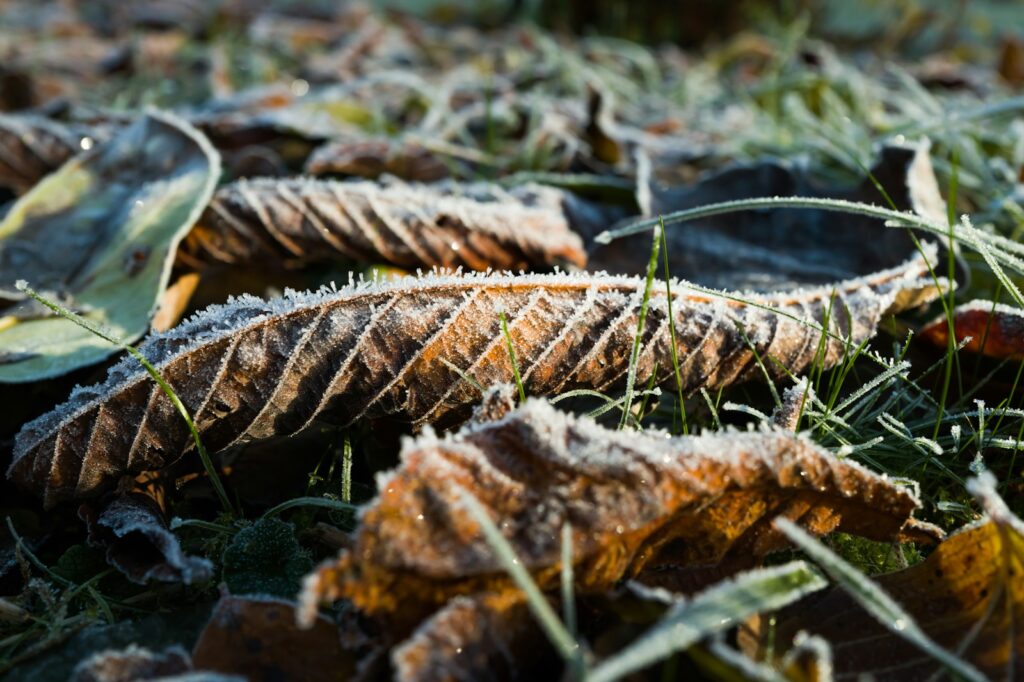
When the ground begins to cool but before frost arrives, it’s time to think about mulching. This timing helps keep the soil temperature steady and protects roots from sudden freezes.
Spread your mulch in a layer about 2 to 4 inches thick. If the layer is too thin, plants won’t get enough protection, but piling it too high can lead to excess moisture and possible rot.
Leave a gap between the mulch and the stems or trunks of your plants. This helps prevent mold and keeps pests away.
Take a look at your mulch during the winter months. If you notice bare spots or areas where it has shifted, add a bit more to keep everything protected.

